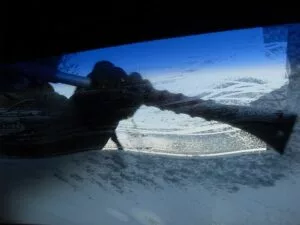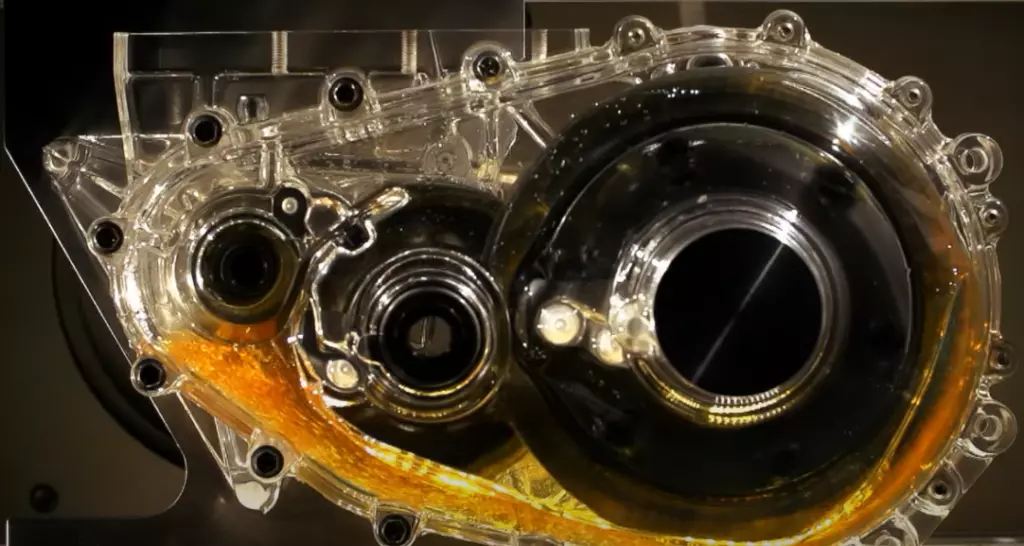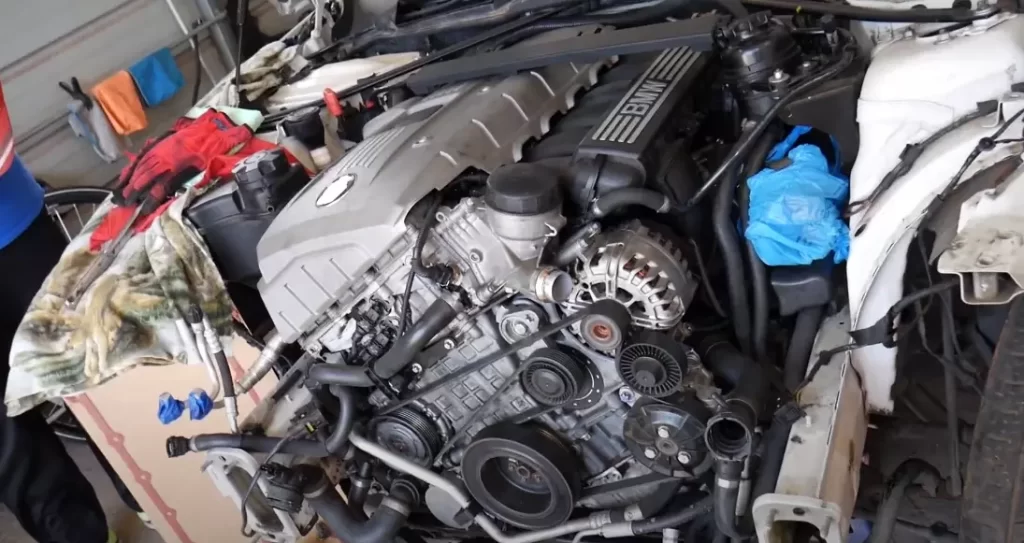When there is very cold outside, many unusual behaviors tend to occur inside a vehicle and its Engine. One of the main issues is the transmission shifts hard when cold.
In this article, we discuss the Why does the transmission shifts hard when cold for your knowledge, and you can also use this article as a buyer’s guide. So, stick around until the end to find out what you’ve been looking for.
How does cold weather affect vehicles and how transmission shifts hard when cold?
Cold weather affects the vehicle’s mechanism and its functioning in many ways. So what are those common issues?
- The chemical process is slower on a cold day. Therefore car batteries don’t create as much electricity as they do on a warm one. Starting problems might occur when cold batteries don’t provide the same amount of electricity as warm ones.
- Cold weather causes engine oil to thicken, preventing it from moving freely around the Engine. As a result, it is more difficult to pump through the engine block, increasing the load on the battery. A non-starter may occur if the battery is already low on power.
- As a result of this, if there is moisture in the fuel lines, they might freeze and get blocked, which would prevent the engine from starting. As gasoline lines are narrow, they are more susceptible to ice buildup. Keep in mind that diesel ‘gels’ in the cold, which means it will take longer for the Engine to get up and running when it’s cold. It will cause transmission shifts hard when cold.
- Carburetor-equipped vehicles are at an increased risk of having starting problems for the same reasons as older vehicles without such a component. Because of their tiny nozzles, carburetors are especially vulnerable to cold weather, which may cause ice to build up in the nozzles and prevent moisture from evaporating.
- If your automobile was made in the previous 20 years, you don’t have to worry about it having a carburetor. Classic automobile owners should be aware that the carburetor might malfunction.
The pressure inside the tires gets decreased.
The volume of a sample of gas is directly proportional to the temperature. So when there is the too low temperature around, the pressure inside the tires definitely gets reduced. So if you are experiencing that reduced pressure, it will recover to the original when you’re driving because a lot of heat is produced when the tire interacts with the road.
Freezing water in the fuel line will occur transmission shifts hard when cold
This is because the water particles inside freeze in the fuel line resulting in blocks. To prevent this, keep the fuel tank filled when there is a cold season. It will save you from that freezing issues.
Freezing the windscreen from inside.
This is a serious issue that directly puts you in danger when driving. Also, your breath contains water molecules. Those molecules tend to freeze on the windscreen and other windows. So to prevent this, you have to keep your vehicle’s defroster healthy and working correctly.

So what about the transmission hardness on cold days. That is what we are going to see next.
Why does the transmission shifts hard when cold?
In cold weather, the transmission shifts harder, and shift points might be delayed, which can result in even more difficult shifts. These sudden alterations may put a lot of strain on a lot of different elements, increasing the likelihood of a breakdown in the future.
The issue is typical when in cold conditions. But if the problem persists in normal conditions and if getting harder, you have to check the vehicle for any other issues by a professional in the field.
How can you protect your vehicle from extreme cold conditions?
Keep your car in a climate-controlled garage.
It doesn’t have to be heated, just warm enough to keep fluids from hardening and components from shrinking. Above-freezing temperatures should be OK. Covered parking spots may protect a car from wind chill and snow buildup, even if a garage isn’t accessible.
Use synthetic Engine fluids for better transmission shifts.

In cold temperatures, synthetic fluids perform better and hold their specifications better than conventional fluids. Use a synthetic liquid that is specifically made for your car. Although new automobiles are increasingly being marketed with synthetic fluid as a mandatory fluid standard, not all gearboxes are compatible with synthetic fluid. Temperature control isn’t the only benefit of synthetic fluid; it also protects gears from corrosion and shearing.
If possible, use an Engine Heater.
If it is freezing where you live, you may want to consider purchasing an engine warmer. Buy an engine warmer that connects to a wall outlet and heats up the Engine before you get out of bed in the morning. A timer may save you money and wear on your automobile by allowing you to start warming the food before you’re ready to go.
FAQ’s about transmission shifts hard when cold.
Is it normal for transmission to shift hard when cold?
Transmission fluids have poor cold-flow qualities that thicken when the temperature decreases, causing lengthy and difficult shifts until the liquid warms up enough to flow correctly. Upgrading to a solid synthetic transmission fluid will aid in this process.
So yes. It is usual for transmission to shift hard when cold.
What causes the transmission to shift hard when cold?
Viscosity change: As the temperature drops, the viscosity of the transmission liquid varies and thickens. Shifting issues: When the transmission is cold, it shifts harder, and shift points might become delayed, resulting in even harder shifting. This is the main issue for transmission shifts hard when cold.
Can cold weather make your transmission slip?
Cold weather causes portions of the gearbox to compress, and the gears may occasionally freeze, resulting in sliding. Because the fluid thickens at cold temperatures, it can’t travel around as readily to fulfill its function.
Can an automatic transmission run too cold?

Cold weather causes portions of the gearbox to compress, and the gears may occasionally freeze, resulting in sliding. Because the fluid thickens at cold temperatures, it can’t travel around as readily to fulfill its function.
Can old transmission fluid cause hard shifting?
It’s possible that the hard shifting is caused by a lack of fluid in your gearbox or if the liquid is old and discolored. A lack of oil in the gearbox might cause hard shifting. The transmission fluid should have a reddish hue and be mostly clear.
If your vehicle transmission shifts hard when cold, you have to get immediate action according to the article. It will save your vehicle as well as your life. If you have any new ideas or solutions beyond the article please comment below and please check my previous article regarding intermittent vibration at highway speeds.
